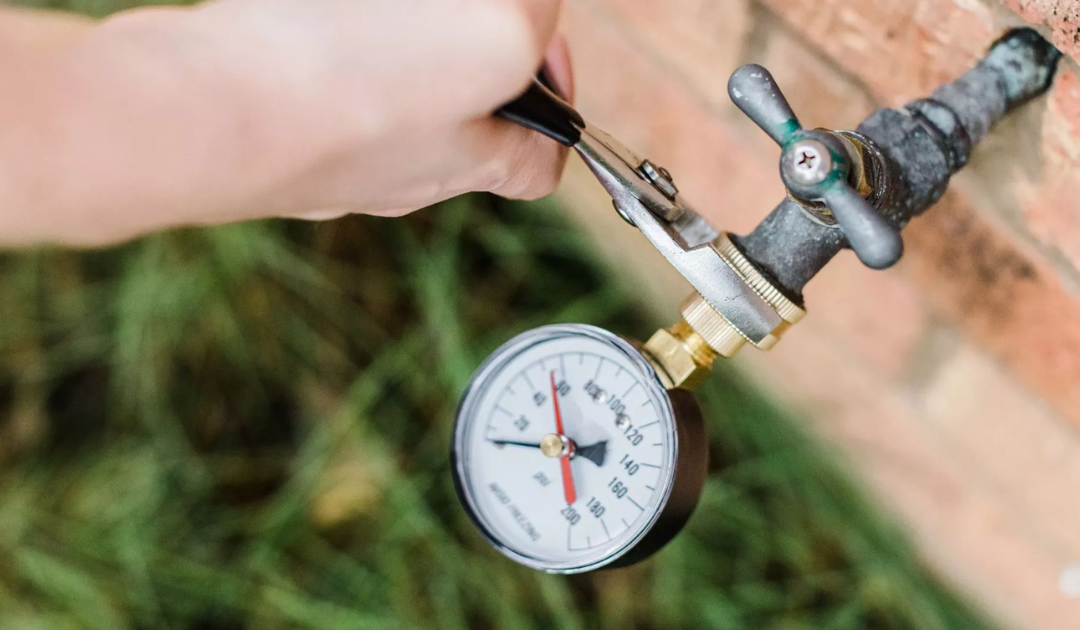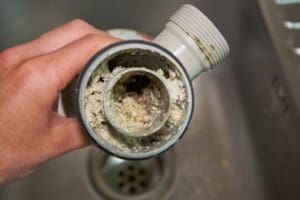Step-by-Step Steps for Rectifying Low Water Pressure in Your Home
Step-by-Step Steps for Rectifying Low Water Pressure in Your Home
Blog Article
In this article further down you will find a bunch of decent information regarding 4 Ways to Troubleshoot Low Water Pressure.

Low water stress in your home can be a discouraging issue, influencing everything from showering to washing recipes. If you're experiencing weak water flow, there are numerous possible causes and solutions to discover. In this overview, we'll talk about common factors for low water pressure and functional steps to attend to the problem properly.
Introduction to Low Water Stress
Low water pressure takes place when the flow of water from your faucets, showers, and various other fixtures is weak than common. This can make daily tasks a lot more challenging and much less reliable. Understanding the sources of low water stress is crucial to locating the right service.
Usual Root Causes Of Low Tide Stress
Faulty Pressure Regulators
Pressure regulatory authorities are responsible for maintaining consistent water stress in your house. If they malfunction, it can result in low water stress or irregular circulation throughout your house.
Community Supply Of Water Issues
Often, the trouble exists outside your home. Community water supply concerns, such as main line leaks or upkeep work, can momentarily minimize water pressure in your location.
Pipeline Obstructions
With time, pipes can come to be clogged with mineral deposits, sediment, or debris, restricting the circulation of water. This is a common issue in older homes with galvanized steel pipelines.
Deterioration
Corrosion within pipelines can lead to leakages and reduced water stress. Corrosion accumulation can restrict water flow, especially in maturing plumbing systems.
Exactly How to Diagnose Low Tide Pressure
Examining Pipelines
Check visible pipes for signs of leaks, rust, or clogs. Pay attention to any kind of uncommon noises, such as banging or rattling pipes, which can show concerns within the plumbing system.
Consulting with a Plumber
If you're unable to determine the cause of low water stress, consider working with an expert plumber to carry out a thorough inspection. They can identify underlying concerns and recommend appropriate solutions.
Examining Faucets and Components
Begin by evaluating the water pressure at different taps and fixtures throughout your home. If the concern is isolated to particular areas, it might suggest local issues.
DIY Solutions to Take Care Of Low Water Pressure
Flushing Hot Water Heater
Debris build-up in the hot water heater can restrict circulation and minimize performance. Flushing the container occasionally assists get rid of debris and keep optimum efficiency.
Examining Pressure Regulator
Make sure that the stress regulatory authority is functioning properly. Adjusting or changing the regulatory authority can help bring back proper water stress throughout your home.
Cleaning Aerators and Showerheads
Mineral deposits can accumulate in aerators and showerheads, lowering water circulation. Remove and clean up these elements regularly to improve water pressure.
Clearing Clogs in Water Lines
For minor clogs, attempt making use of a plumbing serpent or chemical drainpipe cleaner to clear obstructions in pipes. Be cautious when using chemicals and comply with safety and security guidelines.
When to Call a Professional Plumber
If do it yourself efforts stop working to settle the concern or if you presume substantial plumbing problems, it's ideal to seek support from an accredited plumber. They have the competence and devices to deal with complex problems safely and efficiently.
Preventive Measures to Preserve Water Stress
Installing a Stress Booster
Think about setting up a pressure booster pump to improve water pressure in locations with consistently reduced circulation. This can be specifically useful for multi-story homes or residential properties with high-demand components.
Tracking Water Use
Bear in mind water usage habits and avoid overtaxing the plumbing system. Easy modifications, such as shocking showers and laundry tons, can aid maintain appropriate water stress.
Normal Upkeep
Schedule regular upkeep for your plumbing system to stop concerns such as corrosion, leaks, and clogs. Attending to small issues early can help stay clear of even more considerable repair services in the future.
Conclusion
Dealing with low tide stress can be aggravating, however identifying the underlying reasons and carrying out ideal remedies can restore optimum flow throughout your home. Whether it's cleaning up aerators, checking pipelines, or seeking advice from a plumber, taking proactive actions can make sure a steady supply of water for your daily demands.
FOUR WAYS TO FIX LOW WATER PRESSURE NOW
Turning on a shower or faucet only to find the water comes out in a sad, slow drizzle is never a good feeling. How exactly are you supposed to wash a pan or take a quick shower when it takes 10 minutes just to rinse off a little soap? The good news is that when your water pressure is bad, there's always a cause: typically one that can be easily fixed. Here are some of the most common causes of low pressure and what you can do to fix the issue:
DEBRIS AND MINERAL DEPOSIT BUILDUPS
If you notice low water pressure from just one or two of the fixtures in your house, the problem likely has to do with debris buildup. Water is full of minerals and other debris, all of which can accumulate in your pipes and on your fixtures. This can cause a blockage that affects how much water flows through. To fix this, try filling a small plastic bag with white vinegar, and use a rubber band to hang it around your showerhead or faucet. Let the head of the fixture soak for a few hours, and the vinegar should loosen the deposits.
WATER LEAKS
Leaks are another common cause of low water pressure. If water is flowing out of your plumbing through a hole or crack before it can reach your fixture, the pressure coming out of the faucet or showerhead will be lower. A plumbing professional is your best bet for finding and repairing a leak in your water supply pipes.
Leaks are another common cause of low water pressure. If water is flowing out of your plumbing through a hole or crack before it can reach your fixture, the pressure coming out of the faucet or showerhead will be lower. A plumbing professional is your best bet for finding and repairing a leak in your water supply pipes.
A VALVE ISSUE
If you have low water pressure throughout your home, check your main shut-off valve to make sure it's completely open. You may also want to see if there's a pressure-reducing valve installed. If there is, have a plumber help you adjust the settings to get the pressure you're looking for.
OTHERS USING WATER
Believe it or not, your low water pressure could be caused by your neighbors. If you notice low pressure at certain times of day, it may be because you and the people living next to you have similar schedules - when everyone is showering at the same time, the pressure will be lower in every home. Low pressure throughout the neighborhood may also be caused by an issue with your municipal water supply. If that's the case, call the supplier to see if they're working on the issue.
https://www.rotorooter.com/blog/water-leaking/low-water-pressure-fixes/

I have been very taken with 9 Reasons for Low Water Pressure in Your House and I hope you appreciated the entire blog posting. Those who enjoyed reading our page plz do not forget to share it. Thanks for taking the time to read it.
Go Company Report this page